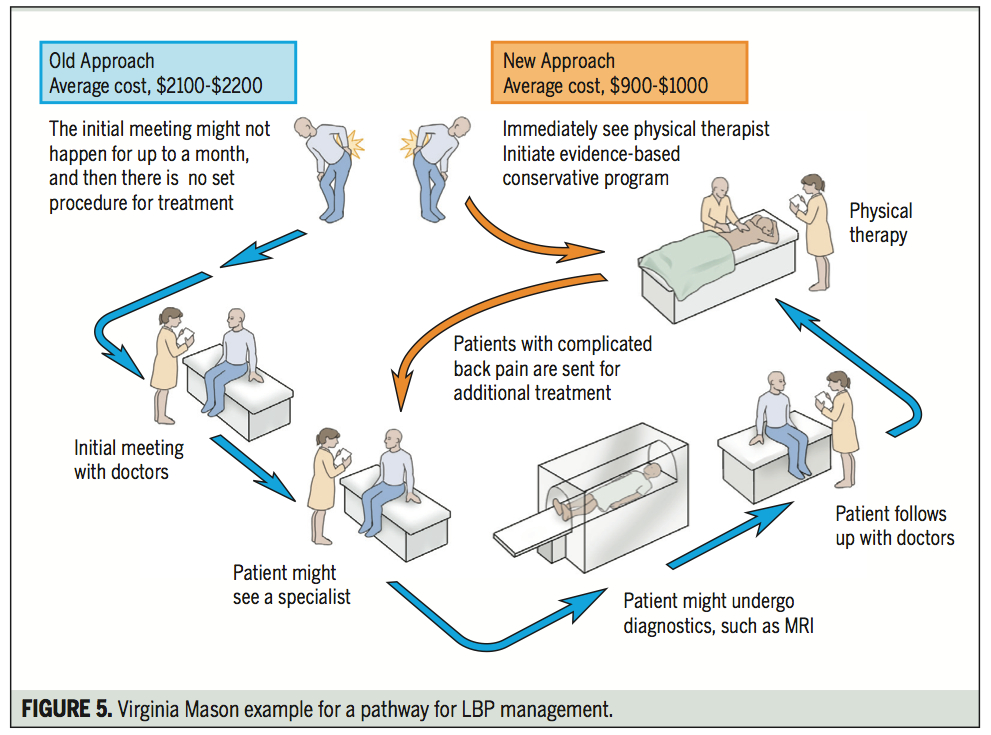Our imaging technologies have made tremendous improvements in their ability to detect abnormalities in our body. These positive findings may or may not be related to our current symptoms including stiffness, giving way, or pain. We have seen improvements in the sensitivity of these tests where we are able to detect individuals with the condition of interest such as a lumbar disk injury, but with increased sensitivity comes limitations. In particular, these tests can often lack specificity leading to false positive results. In our prior posts on low back pain we have described the large portions of the population who will have a (+) MRI scan for injury or pathology but have no symptoms, but this is often the case in other body parts as well including the neck, shoulder, hip and knee. Given the high cost of diagnostic imaging, false positive rates and association with higher risks including unnecessary surgery it is important to ask how important these tests impact patient outcomes.
A recent review of the available literature of routine imaging on musculoskeletal disorders was published in the European Journal of Internal Medicine (Karel et al. 2015). The authors examined 11 studies on patients with low back and knee pain and found moderate evidence of no benefit of diagnostic imaging on all outcomes compared to individuals who did not receive an image. The authors concluded “these results strengthen the available evidence that routine referral for diagnostic imaging by general practitioners for patients with knee and low back pain yields little to no benefit”. Wise health care consumers should empower themselves with this information and avoid imaging when faced with acute episodes of low back or knee pain. Patient should instead find a knowledgeable, caring local Physical Therapist to assess their symptoms and determine an appropriate treatment plan.

